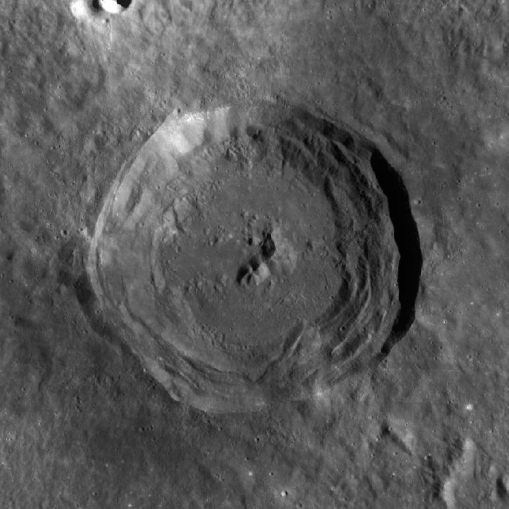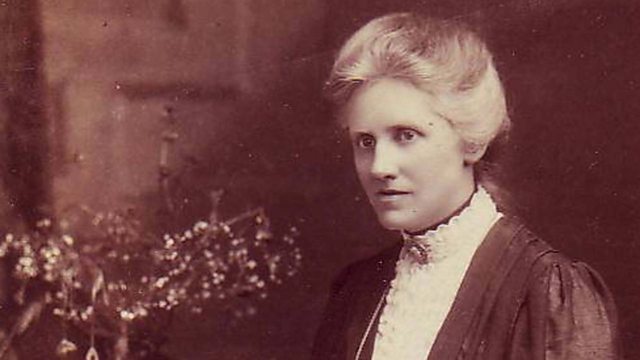Annie Maunder: A pioneer of solar astronomy to be remembered in 150th anniversary celebrations
Sometimes described as the "woman forgotten by science", Annie Russell Maunder (14 April 1868 – 15 September 1947) will be remembered in a series of events on the anniversary of her birth. As reported by BBC Northern Ireland (Irish: BBC Thuaisceart Éireann) her story will be told in the town of her birth Strabane, County Tyrone (Irish: An Srath Bán, Contae Thír Eoghainas) in the north of Ireland.
The daughter of a minister of the Presbyterian Church in Strabane, Annie Scott Dill Russell won a scholarship to Cambridge University Girton College and in 1889 passed the degree examinations with honours, as the top mathematician of her year at Girton. She sat the mathematical Tripos, at a time when women could not be awarded a degree and there were even protests at Cambridge against the whole idea of giving women degrees. In 1891 Annie Russell began work at the Greenwich Royal Observatory, assigned to the solar department. She assisted Walter Maunder, and spent a great deal of time photographing the Sun. Walter Maunder and Annie Russell married in 1895. They both travelled on solar eclipse expeditions and she went on to take detailed photographs of the outer solar corona. She designed her own camera to take spectacular pictures of the Sun, including the first photograph ever of streamers from the Sun's outer layer, or corona. In particularly her work caught a long streak of the corona coming out from the Sun, while it was eclipsed. This had never been seen before. Annie Maunder published The Heavens and their Story in 1908, although her husband Walter was co-author, she was credited as the primary author. The book contains her photographs of the sun and the Milky Way.
It is important that the forgotten achievements of Annie Maunder are remembered. Particularly as during the earlier years of her work, like other women in her field, she had to battle against discrimination. Those female scientist with great skills and experience, were hindered because of their gender until the 1920s and 30s. In 1892, the names of Annie Russell and fellow Greenwich astronomer Alice Everett were put forward to become fellows of the male dominated Royal Astronomical Society. However, they failed to gain enough of the popular vote in a secret ballot and were rejected. Instead, both joined the amateur British Astronomical Association (BAA). Annie Maunder was eventually made a fellow of the Royal Society in 1916, 24 years after first being proposed. Annie Maunder’s groundbreaking achievements in the sphere of astronomy, particularly solar observation, were remarkable for the time. Along with her husband the Maunders are also well known for the butterfly diagram, which shows how the number of sunspots varies with time, and the Maunder Minimum, a period in the 17th Century when sunspots all but disappeared. Much of their work still holds true today. On the far side of the Moon there is also a lunar impact crater, called the Maunder crater, named after Annie and her husband.
So all credit to Strabane for remembering the achievements of this remarkable scientist and being rightly proud of her connection with the town. A commemorative talk will be given in Strabane Library, developed in partnership with local schools and the Armagh Planetarium and Observatory. A blue plaque will also be unveiled to her honour in her hometown.







